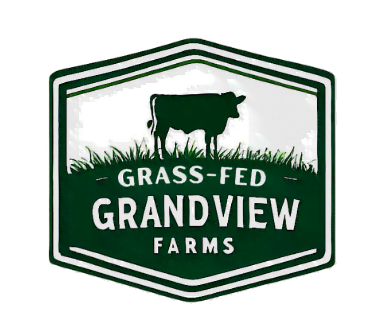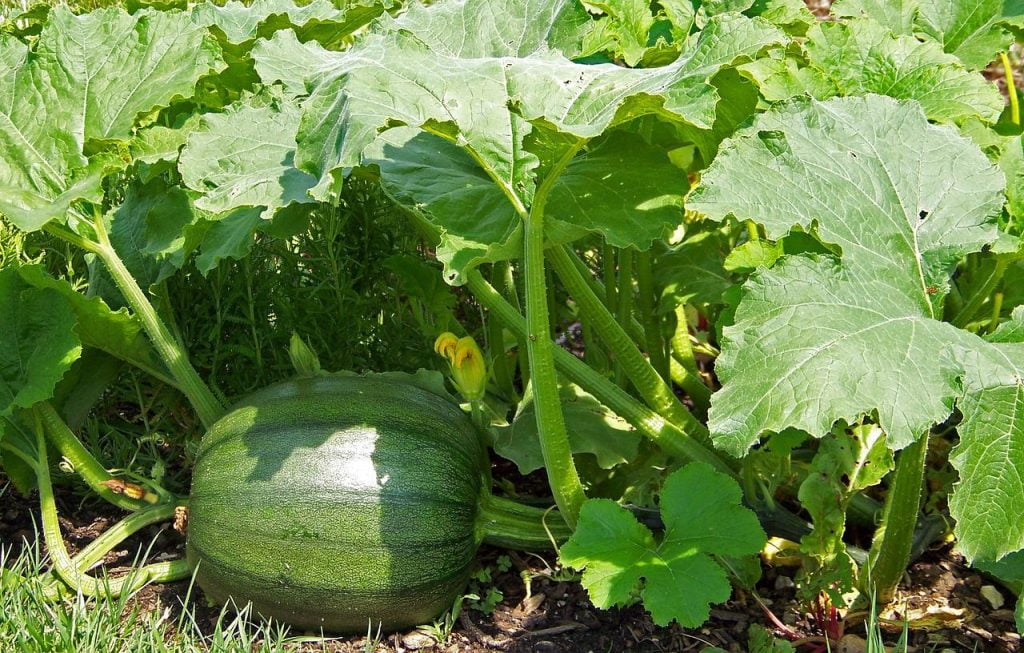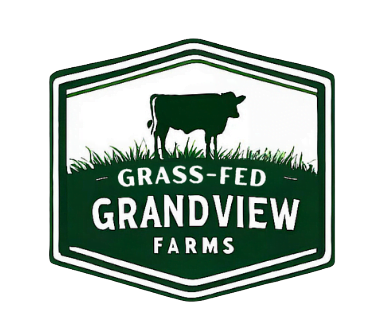The world’s food systems are facing unprecedented challenges, from environmental degradation and climate change to resource scarcity and increasing demand. Conventional agriculture, with its reliance on chemical inputs and intensive production methods, has contributed significantly to these challenges. In response, a growing movement is advocating for alternative farming systems that are more sustainable, environmentally friendly, and equitable. These systems encompass a wide range of approaches, each with its own unique principles and practices.
Diversifying Agricultural Approaches: A Glimpse into Alternative Farming Systems
Organic Farming:
Organic farming is a well-established alternative to conventional agriculture, adhering to strict standards that prohibit the use of synthetic fertilizers, pesticides, herbicides, and genetically modified organisms (GMOs). It emphasizes maintaining soil health, fostering biodiversity, and minimizing environmental impact. Organic farming has gained wider acceptance due to its potential benefits for human health, environmental sustainability, and animal welfare.
Organic alternative farming stands as a testament to the potential of agriculture to coexist harmoniously with the environment, producing nutritious food while safeguarding the health of our planet. By embracing natural processes, fostering biodiversity, and minimizing environmental impact, organic farming offers a sustainable and responsible approach to agriculture, nourishing humanity while preserving the earth’s natural resources for future generations.
Key Statistics:
- The global organic market is estimated to reach $323.13 billion by 2027, with a compound annual growth rate (CAGR) of 14.1%.
- In 2021, over 75 million hectares of land worldwide were under organic management, representing an increase of 3.7% from 2020.
- Organic products are often perceived as healthier and more environmentally friendly, leading to a growing consumer demand.
Permaculture:
Permaculture is a design philosophy and set of practices aimed at creating sustainable and harmonious human systems. It emphasizes working with nature rather than against it, mimicking natural ecosystems to create productive and resilient landscapes. Permaculture encompasses a range of techniques, including natural building, rainwater harvesting, agroforestry, and regenerative agriculture.
- Emulating Nature: Permaculture emphasizes observing and understanding natural processes, replicating their patterns and functions within human-designed systems. This approach seeks to integrate seamlessly with the natural world, fostering harmony and reducing environmental impact.
- Sustainable Land Use: Permaculture promotes sustainable land-use practices that enhance soil health, conserve water resources, and encourage biodiversity. It advocates for regenerative agriculture techniques that replenish the soil, increase carbon sequestration, and promote long-term productivity.
- Closed-Loop Systems: Permaculture emphasizes creating closed-loop systems that minimize waste and maximize resource efficiency. This approach involves recycling, reusing, and repurposing materials, reducing reliance on external inputs, and promoting self-sufficiency.
- Diversity and Resilience: Permaculture values diversity in agricultural practices, creating landscapes with a variety of plant species and functional groups. This diversity enhances ecosystem resilience, improves pest and disease resistance, and provides a wider range of food and resources.
- Human-Nature Connection: Permaculture fosters a deep connection between humans and nature, encouraging an appreciation for the interconnectedness of all living things. It promotes responsible stewardship of the natural world, recognizing our role in maintaining ecological balance and preserving ecosystems.
Key Statistics:
- The number of permaculture practitioners worldwide is estimated to be in the millions, with active communities in diverse regions.
- Permaculture principles are being applied to a wide range of settings, from urban gardens to large-scale farms.
- Permaculture’s focus on creating sustainable and resilient systems aligns with the growing need for ecological agriculture.
Biodynamic Agriculture:
Biodynamic agriculture is a holistic approach to farming that considers the relationships between all living organisms and the cosmos. It emphasizes maintaining soil fertility, enhancing biodiversity, and fostering a dynamic balance within the agricultural system. Biodynamic practices include using compost preparations, considering lunar and planetary cycles, and treating animals with respect.
Key Statistics:
- Biodynamic agriculture is practiced on over 2 million hectares worldwide, with a strong presence in Europe and North America.
- Biodynamic farmers often produce high-quality food and enjoy strong consumer demand for their products.
- Biodynamic’s holistic approach offers insights into the interconnectedness of life and the importance of ecological balance in agriculture.
Urban Agriculture:
Urban agriculture is the practice of growing food in urban areas, utilizing spaces such as rooftops, balconies, community gardens, and vacant lots. It offers a range of benefits, including providing fresh, locally grown food, reducing food miles, and enhancing green spaces in urban environments. Urban agriculture can also promote community engagement and foster a connection between city dwellers and their food sources.
Key Statistics:
- The global urban agriculture market is projected to reach $3.4 billion by 2026, with a CAGR of 12.3%.
- Urban agriculture is gaining traction in cities worldwide, as concerns about food security, sustainability, and local food access grow.
- Urban farms can play a significant role in increasing food production, reducing food waste, and creating employment opportunities in underserved communities.
Forest Gardening:
Forest gardening is a sustainable land-use system that mimics the structure and diversity of natural forests. It involves cultivating a variety of plants, including trees, shrubs, herbs, and vines, to create a multi-layered, productive ecosystem. Forest gardening is well-suited for temperate climates and offers a range of benefits, including increased biodiversity, improved soil health, and sustainable food production.
Key Statistics:
- Forest gardening is gaining recognition as a valuable approach to sustainable food production and reforestation.
- Forest gardens can provide a variety of food, medicine, and other useful products while enhancing biodiversity and ecosystem services.
- Research suggests that forest gardens can be more productive than conventional farms in terms of yield per unit area.
Conclusion
The diversity of alternative farming systems highlights the potential for transforming agriculture towards a more sustainable and equitable future. Each system offers unique principles, practices, and benefits, addressing the challenges of conventional agriculture while providing innovative solutions for food production and land management.
Also check out these blogs:
The benefits of Grass – Fed beef: A Sustainable and healthier choice
The Environmental Impact of Grass – Fed Beef: A sustainable choice for greener future
FAQ
Conventional agriculture faces several challenges, including:
- Environmental degradation: Reliance on synthetic inputs can lead to soil erosion, water pollution, and reduced biodiversity.
- Health concerns: Pesticide residues on food may raise health concerns.
- Sustainability: Intensive production methods may not be sustainable in the long run.
Alternative farming systems offer a range of benefits, including:
- Environmental benefits: Improved soil health, reduced water pollution, and enhanced biodiversity.
- Health benefits: Potential for higher nutrient content and lower pesticide residues in food.
- Social benefits: Support for rural livelihoods and contributions to a more sustainable food system.




